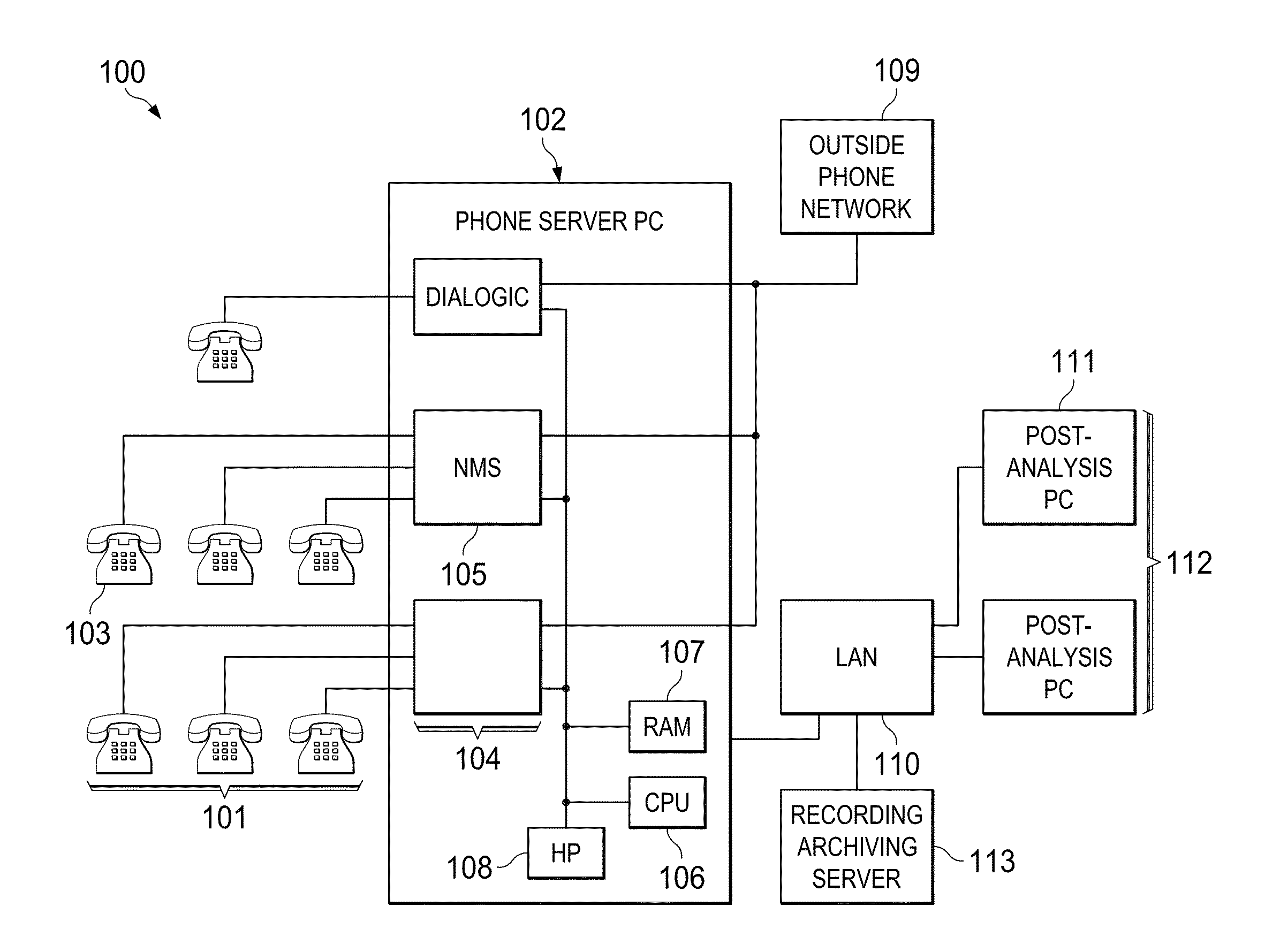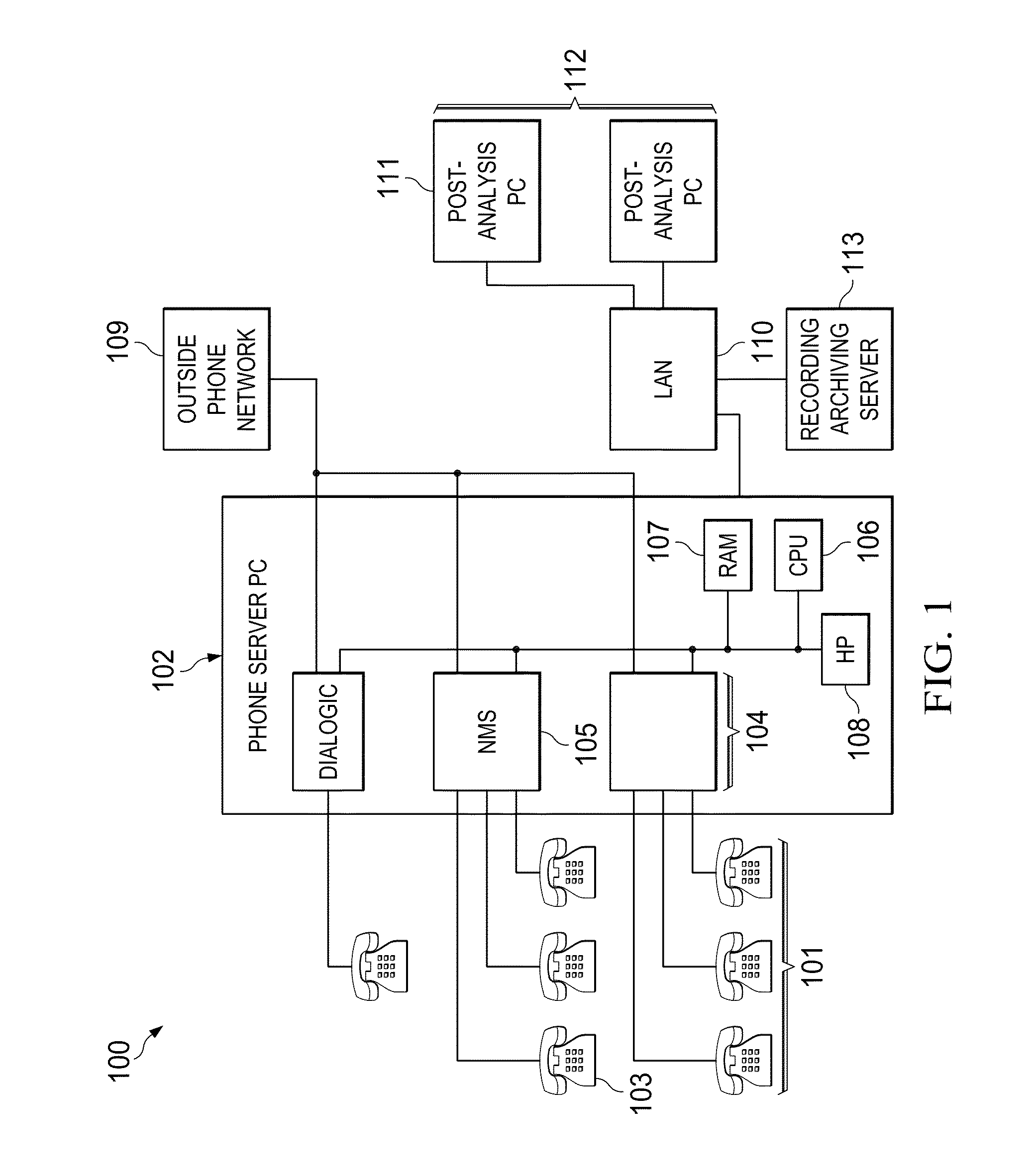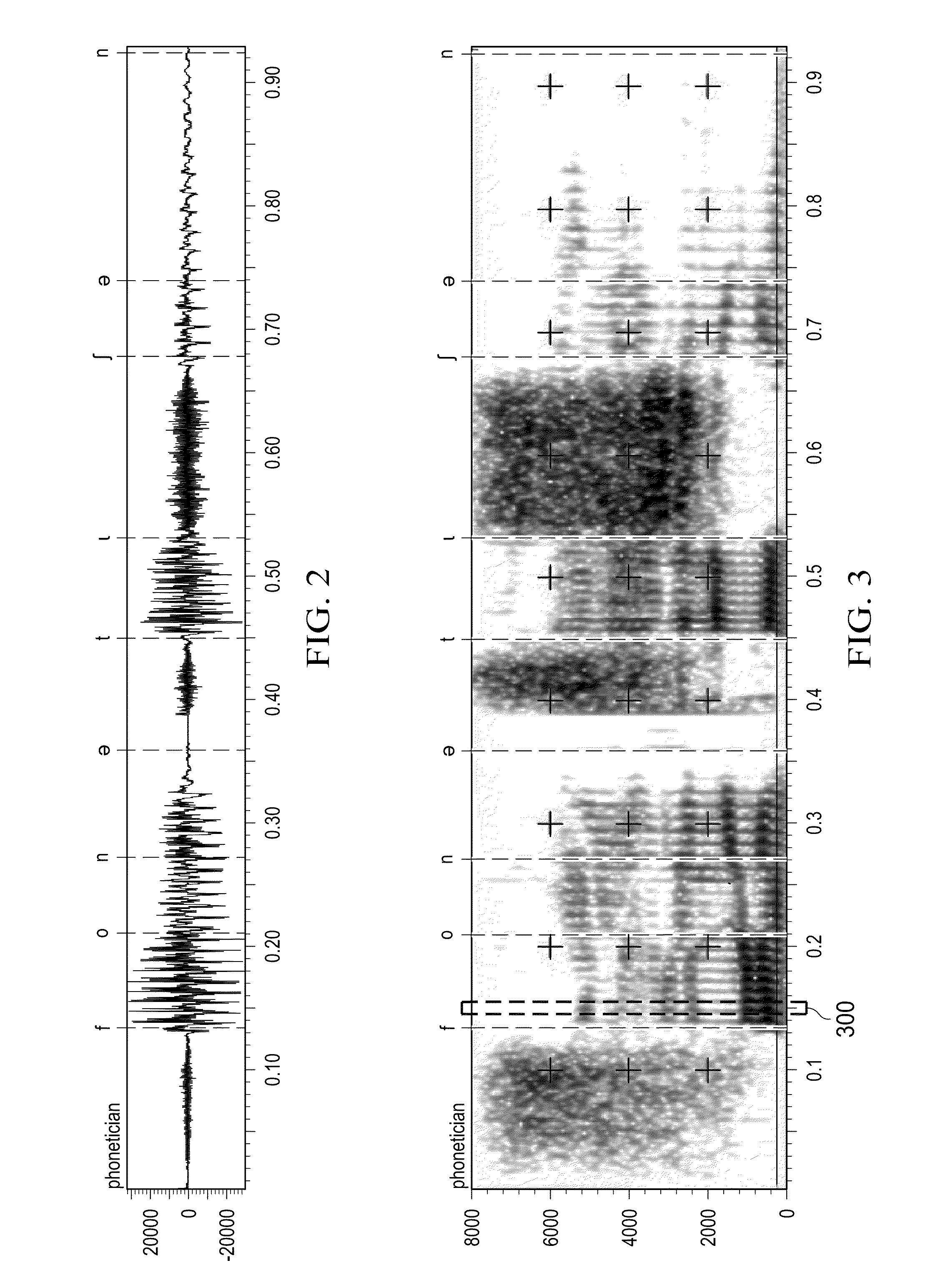Modern correctional institutions face many challenges concerning phone calls made by inmates.
Such detectors are unfortunately unreliable at best, because many modern telephone systems don't create any particular noises on the line when conferencing in a third party, or when forwarding a call to another number, but none the less, prison officials have been motivated by the promise of such systems enough to purchase phone system upgrades.
Indeed, word of the existence of such systems has spread among inmates, along with the belief and story that if inmates in a conversation (where a third party is being conferenced in) are making enough noise at the time of the conferencing clicks, then the system will not detect the clicks.
However, if a given outside phone system accomplishes call conferencing without creating clicks or tones, the call conferencing can not be detected through click or tone detection.
A compounding problem facing corrections facilities today is that detecting and automatically disconnecting a call based on the fact that it is a conference call or a forwarded call may not be the right thing to do in some circumstances.
The quantity of phone calls made on a daily basis from modern correctional institutions is large, and even though many correctional institutions record all phone calls made by inmates, it is a financially infeasible task to manually review, spot monitor, or manually spot review all phone calls made, and even if such manual monitoring were feasible, persons monitoring the calls would be unlikely to know if a given call was forwarded to someone at a different number than the number that was dialed, and the entire call might have to be listened to in order to detect an instance of conferencing in a third party.
Unfortunately it can be difficult to know what key words to look for, because inmates know that all their calls are being recorded, so they may be unlikely to speak about prohibited subjects in a directly obvious manner.
Even if prison officials reviewed all of every phone call made, it would be challenging to figure out the meaning of what was being said if part or all of the conversation were essentially in code.
Monitoring inmates' phone calls can give excellent clues to inmates' states of mind, but prisons don't have the budget to have even unskilled personnel monitor the majority of phone calls made, and the level of training and attentiveness that would be required to monitor the majority of phone calls and keep psychological notes is not reasonably feasible for prisons to expend.
Another challenge facing prison officials is the challenge of maintaining certainty about who is making which calls.
It has been proposed to use digital signal processing Speaker Identification techniques (such as those described in U.S. Pat. No. 6,519,561, which is herein incorporated by reference)) in place of PINs to identify which inmate is making a call, but speaker identification technology is nowhere near as reliable as fingerprinting, so such an identification system has not been deemed a viable substitute for PINs.
There are two problems that lead voiceprints to be far less individuated than fingerprints.
The first problem is that there is not as much variation in the physiology of typical people's vocal tracts to provide as rich a differentiation as fingerprints provide.
The second problem is that each given person's vocal tract characteristics actually vary in a number of ways depending on time of day, how much the person has been talking that day and how loud, whether or not the person has a cold, etc.
Some modern prison phone systems use voice verification in conjunction with PINs, to make it more difficult for one inmate to falsely identify himself as another inmate.
This may be difficult to do from vocabulary alone, especially since the prisoner knows the call is being monitored, and may therefore speak “in code”.
The increased use of Interactive Voice Response (IVR) systems in the modern customer service industry has in many cases exacerbated the frustration that consumers experience, because one is often communicating with a computer rather than a person when initially calling a customer service department.
As in other industries where large numbers of phone calls are monitored, today's technology makes it easy for a company to record and archive all customer service phone calls, but technologies are lacking in the area of automatically sorting recorded calls and flagging which ones are good candidates to be listened to by persons aiming to glean critical information, or insights which could be used to improve customer service.
One challenge facing customer service call center managers is finding a way to usefully keep easily searchable records containing relevant data about recorded phone calls.
While today's large-vocabulary continuous speech recognition technology has achieved reasonable accuracy when trained for a particular user, it is far less accurate in converting speech for users for who's speech the system is not trained, and further accuracy problems crop up when converting speech of more than one person in a multi-party conversation.
Thus voiceprints are not as invariant as finger prints.
 Login to View More
Login to View More  Login to View More
Login to View More 


